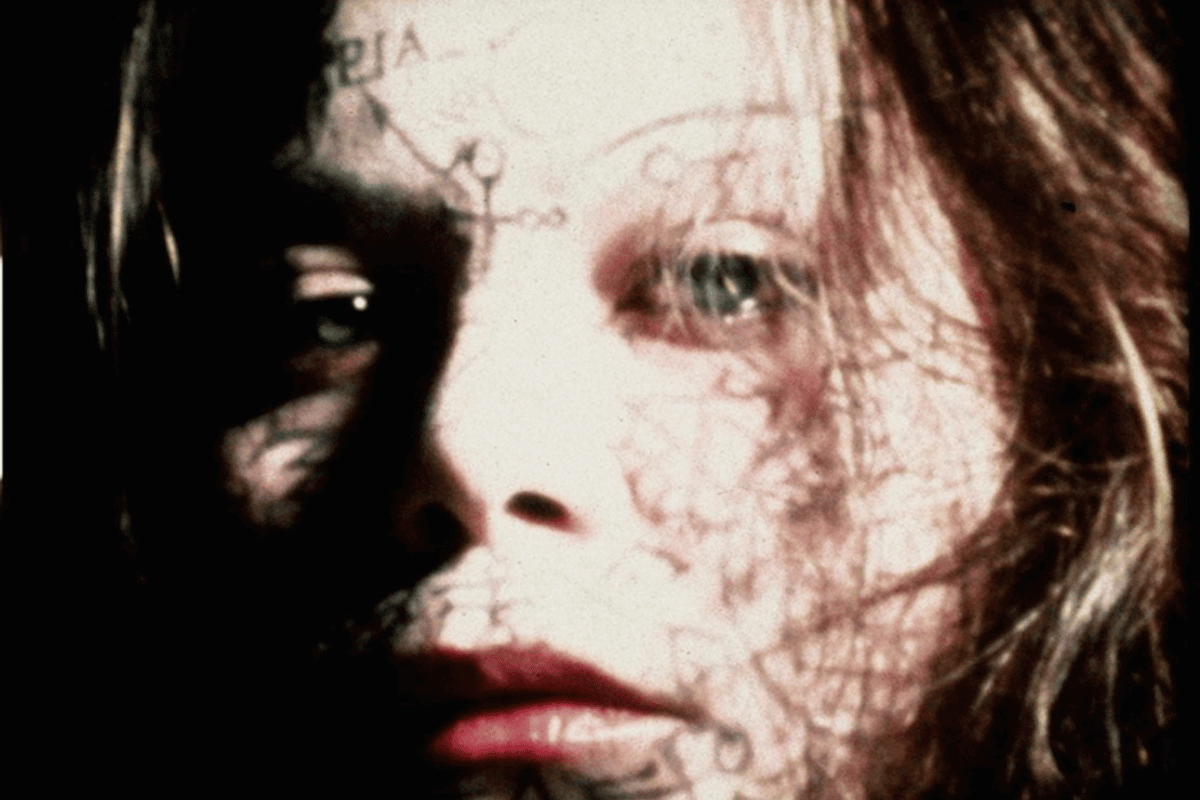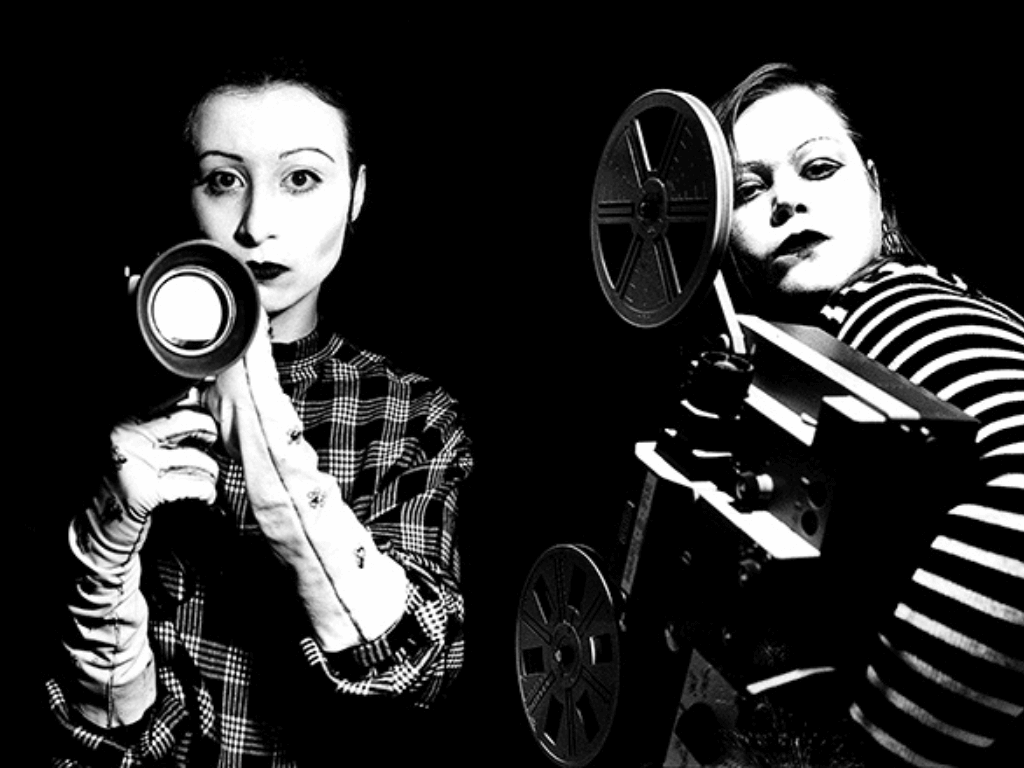
DOUBLE LABYRINTHE
Greece, France | 1975-76 | 55 min
In 1976, departing from body art and feminist movements, Maria Klonaris and Katerina Thomadaki theorized “le cinéma corporel,” a new approach to filmmaking that revolutionizes the representation of the female body. This was the first step in composing La Tétralogie Corporelle, of which Double Labyrinthe is an episode. It is also the two directors’ debut and the manifesto of a new poetics. With twelve ritual actions in which the bodies of the filmmakers interplay with different objects and materials, Double Labyrinthe is a double self-portrait: Maria and Katerina are directors and performers at the same time, engaging in an intimate play of gaze à deux, “at the opposite end of the male gaze” (Maria Klonaris). Thanks to the black backdrop, the almost total absence of sound, the stark chiaroscuro, the filmmakers’ performances are projected into a timeless, frozen and mythical, dimension constructing “a genealogy of the feminine between divine and human that promises to be unheimlich” (Giulia Simi). (s.c.)


